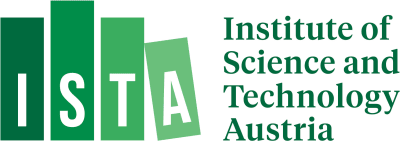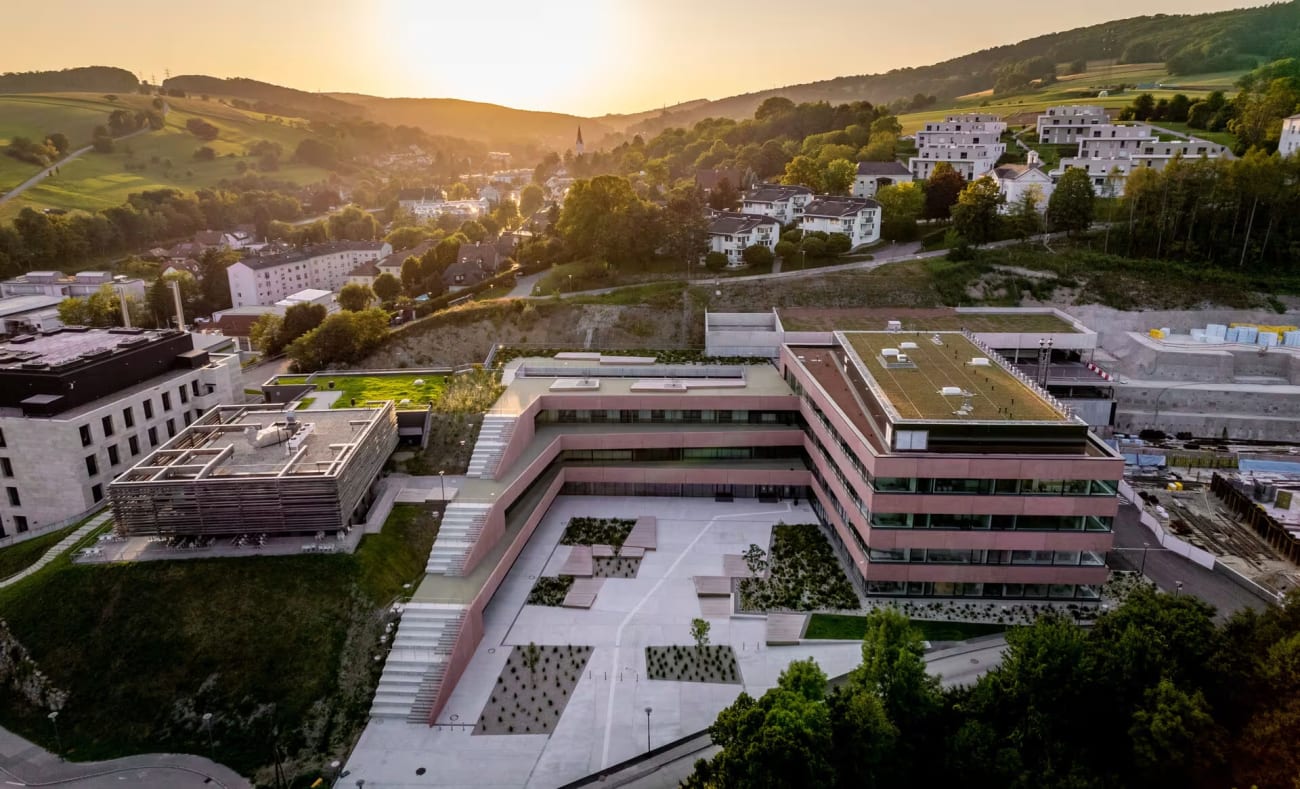The Institute of Science and Technology Austria - ISTA is looking for highly qualified candidates with bachelor's or master's degrees to apply for the Ph.D. program. We offer fully-funded PhD positions in Astronomy, Biology, Computer Science, Chemistry and materials, Data Science and Scientific Computing, Earth Science, Mathematics, Neuroscience, and Physics, in a world-class research environment on the outskirts of Vienna.
In 2019, ISTA was ranked #3 in the worldwide Nature Index ranking (normalized). In 2018, ISTA was ranked within the top ten of Nature Index Rising Stars' “ Top 30 academic Institutions under 30” list. All students are offered 5-year contracts, they receive internationally competitive salaries and full social security coverage. There is also financial support for students to attend scientific conferences and workshops. The application deadline is January 8, 2024, for a PhD start date in September 2024
One of the hallmarks of the ISTA PhD program is the shared graduate school experience.
We aim to train broad-minded scientists who perform cutting-edge, curiosity-driven research. An initial stage of exploration encourages broad exposure to important scientific approaches and problems. This allows students to lay a solid foundation for intensive research in the second phase of the PhD program.
Interdisciplinarity
Our Graduate Program is characterized by modern comprehensive training with a special focus on interdisciplinarity.
There are seven tracks of PhD study:
- Biology
- Chemistry & Materials
- Computer Science
- Data Science & Scientific Computing
- Mathematics
- Neuroscience
- Physics
What is special about the ISTA PhD curriculum is its flexibility— students come in with different goals and can shape their own educational and research trajectories. Some students come to ISTA looking to explore, others have a clear idea of where they want to go. Our program accommodates both.
Cutting-Edge Research
Students work closely with outstanding faculty within small research groups and have access to first-rate facilities.
In 2019, ISTA was ranked #3 in the worldwide Nature Index ranking (normalized). In 2018, ISTA was ranked within the top ten of Nature Index Rising Stars “ Top 30 academic institutions under 30” list and was featured in this article in Nature Index. For more details, browse our Nature Index research profile. In 2018 we also had the highest ERC Grant success rate (at 48%), ahead of the Weizmann Institute, ETH Zurich, Cambridge and Oxford, and the Max Planck Society. Our faculty are also the recipients of many distinguished honours including the Erwin Schrö Dinger Prize, the Ludwig Boltzmann Award, and the Carus Medal.
You can see the full list of student publications in the ISTA Research Explorer database.
Research groups
- 69 research groups in 2022
- 90 research groups by 2026
State-of-the-Art Facilities
No matter what your field of study, you will have access to cutting-edge equipment to perform research at an internationally competitive level. From bioimaging and electron microscopy to nanofabrication and high-performance computing: centralized scientific services support cutting-edge research.
Ph.D. Degree
ISTA is a research institute with the right to confer the titles of Master of Science and Doctor of Philosophy. ISTA is an independent legal entity under public law and has its own governance and management structures under the Federal Act of the Institute of Science and Technology Austria (BGBl. I no. 69/2006).
As our degree-granting authority stems directly from an Act of the Austrian Parliament, ISTA is exempt from the Austrian Universities Law.
Support and Career Development Services
ISTA&rsquo's faculty and administration can provide information, advice, and support throughout your studies. Academic support services include guidance from study track representatives, mentors, and the Graduate School Office. With regular career talks, skills training sessions, as well as visits from industry leaders, graduate training and career development programs prepare scientists for their next steps; in academia, industry, and beyond.
Where is ISTA?
The Institute is only a 25-minute bus ride from Vienna, which is consistently voted one of the best cities in the world to live in. Our students have the choice of living in Klosterneuburg, a quiet area surrounded by beautiful woods, or right in the hustle and bustle of Vienna. We also have several housing options on campus.
Ista&rsquo's Single Interdisciplinary Ph.D. Program Enables Students and Faculty to Freely Collaborate Across Research Groups and Disciplines. This Gives Rise to New Ideas and Research Approaches.
PhD students at ISTA can choose from seven different tracks of study as their primary track: biology, chemistry & materials, computer science, data science and scientific computing, mathematics, neuroscience, and physics. Many faculty members are associated with multiple tracks, reflecting the interdisciplinary nature of the research groups on campus and allowing students to approach topics of interest from a variety of angles.
Rotations in Three Different Research Groups
Every incoming Ph.D. student performs three approximately two-month rotations in different research groups. The matching process guarantees a good fit between students and supervisors and exposes students to new areas and methodologies.
Unique Blend of Breadth and Depth
A combination of interdisciplinary core courses and advanced electives gives students the chance to interact with scientists across disciplines as well as pursue their chosen topic in greater depth.
Pushing the Frontiers of Knowledge
The most innovative research tends to arise at the interfaces of disciplines. In the Graduate School, students play a central role in bringing together different approaches to shape the future of science.
The following graph shows cross-group collaborations at ISTA, based on co-authored publications from 2016 to June 2019.




